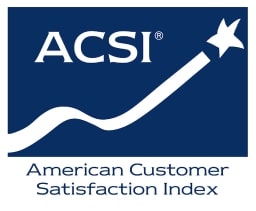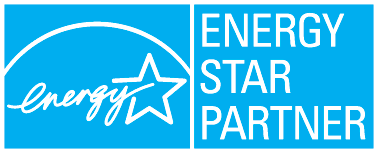At GVEC, our approach to ensuring long-term value and reliability requires investment and diversity in the services we provide. Being a trusted partner in electricity, internet and energy-related needs for our members, customers and the greater state of Texas is important for our current and future success.
This February marks four years since historic Winter Storm Uri descended on South Texas. That event raised concerns about the reliability of the ERCOT market, particularly regarding the generation sources—dispatchable (i.e. natural gas) versus renewable (i.e. wind and solar). This concern led the Texas legislature and the Public Utility Commission of Texas (PUCT) to take action, implementing new laws and rules meant to rebalance the scales of incentives to encourage the construction of dispatchable generation. These changes include $5 billion in low-interest loans and grants to, in part, incentivize the construction of natural gas units. A number of entities have applied for these funds, and they are expected to assist in adding up to 10,000 MW of new or upgraded generation capacity in the coming years.
In addition to this potential new dispatchable generation, ERCOT continues to see substantial wind and solar being added to the grid. In fact, this year, ERCOT expects 45% of the total installed generation to come from renewable sources.
ADER PILOT PROJECT
The market is also expecting significant growth in the interconnection of utility-scale batteries, along with growing customer interest in distributed energy resources such as batteries and roof-top solar for their homes and businesses. GVEC has been at the forefront of these developments, embracing and encouraging the expansion of these technologies for many years. A sign that these technologies are becoming more mainstream in the energy market and customer base is the pilot project for Aggregated Distributed Energy Resources (ADER).
The ADER pilot project implemented by the PUCT is exploring the use of battery storage and other controllable devices as dispatchable generation—to be used during times of high demand or as scheduled to improve grid stability year-round. The ADER project also allows entities, such as GVEC, to aggregate their distributed energy resources and offer them into the ancillary markets of ERCOT. In other words, members enrolled in the Peak-Time Payback program with their battery system could be grouped together to collectively support the grid as a virtual power plant (VPP). The more these VPPs contribute, the less GVEC has to buy from the ERCOT market, ultimately saving money for all our members.
FIRST-IN-TEXAS: GVEC AND TESLA
I am excited to announce that GVEC and Tesla, Inc. (Tesla) have entered a partnership, making the Cooperative the first in Texas to participate with Tesla as a utility-scale VPP resource in the ADER pilot project. Tesla and GVEC are working together to present an unprecedented new demand-side industry solution for the Cooperative, our members and the electric industry. See the member-exclusive rebates and financing options avail- able to GVEC members participating in this innovative program on pages 20-21.
As our region grows, we remain focused on being the first choice for energy solutions. Whether helping you adopt renewable technologies or improve efficiency, GVEC is here to provide the support and resources you need. Together, we’ll continue embracing innovation to build a brighter, more sustainable future for all.
Visit gvec.org to learn more about electrical safety, our interconnection programs and your membership benefits. As always, I welcome your feedback and encourage you to reach out with any questions or concerns by phone at 830.857.1152, by email at dschauer@gvec.org or by mail at P.O. Box 118, Gonzales, Texas 78629.


